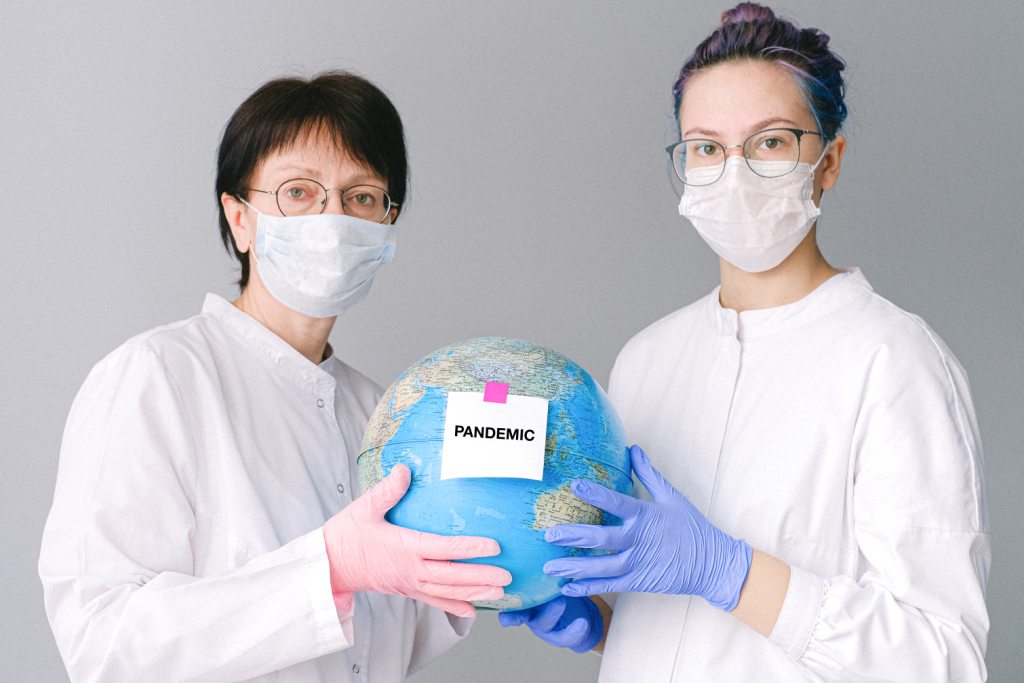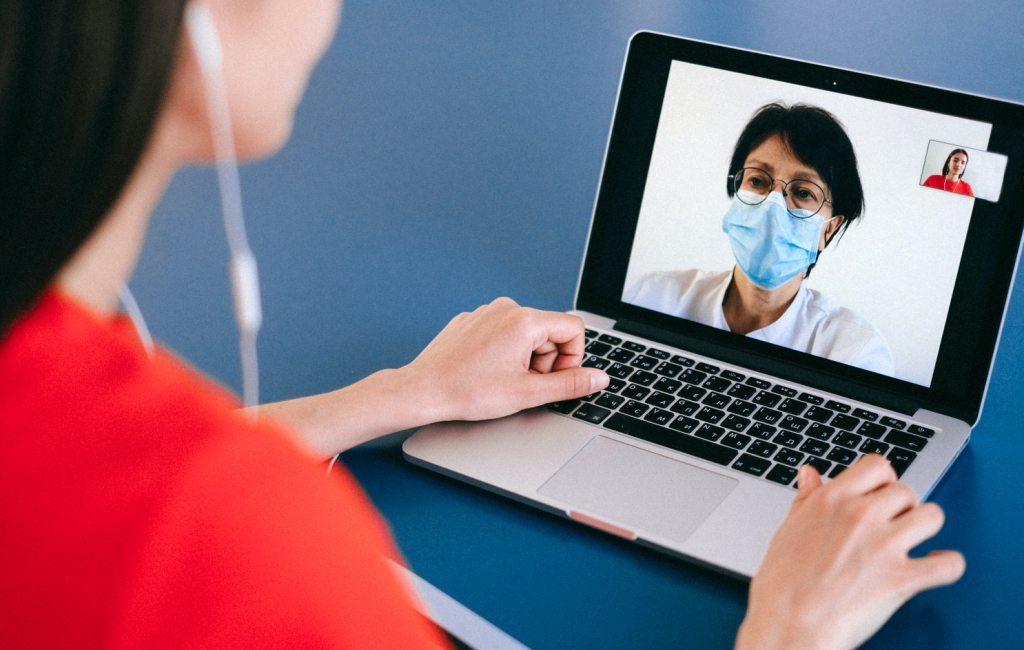Could this COVID-led pivot be the new normal for telehealth?
It’s no secret that 2020 has been an unprecedented year. The coronavirus pandemic has left every industry across the globe helter-skelter, with the dust far from settled nine months into the year. The global travel and tourism industry is probably the worst hit, and its budding offshoot – medical tourism, particularly in Asia – has taken an unexpected beating too.
Asia’s medical tourism industry was poised for phenomenal growth in 2020, with neck-to-neck competition brewing between the region’s countries. All the positive projections swiftly became history by the first quarter of this year, as sweeping travel restrictions were implemented around the world. The new normal arrived and all non-essential, some even essential, travel and treatments were put on the backburner.
The novel virus quickly overwhelmed even the most developed health infrastructure as it ripped across the world’s countries. With healthcare workers still scrambling to tackle the influx of infected patients, and a second wave threatening many regions, the prospects of medical tourism for most countries continue to be in limbo.
An unexpected pivot
In the backdrop of the ‘flattening the curve’ chaos that dominated most of 2020, a Singapore-based digital health company noticed healthcare delivery taking a curious pivot towards teleconsulting.
“We saw our partner hospitals in Cambodia joining forces with their counterparts in Singapore to facilitate consultations with specialists for their local patients over video conferencing,” says Ching-Tse Tseng, Founder and CEO, Vault Dragon, “COVID pushed this change to happen.”
One stone, two birds
There already existed an integrated health infrastructure in Asia, predominantly centred around Singapore. Several specialist health groups from Singapore have outposts established in emerging countries in the region, like Cambodia and Thailand, in a bid to make Singaporean standards of healthcare accessible.

The pivot that pandemic-related travel restrictions brought on was, “Local patients and ex-pats were now visiting these hospitals in Cambodia for telehealth,” says Ching. “So now, rather than patients flying into Singapore, which they anyway cannot because of COVID, they go to a local partner hospital and connect with a specialist sitting in Singapore through video.”
Change is the only constant
This instance of remote health consultation is among the many changes that COVID has forced us to adopt this year. However, unlike the other changes, this one has perks. Digital specialist consultation offers a unique opportunity to look at traditional telehealth services in an ingenious way. “The traditional way of looking at telehealth is that you just dial up a doctor through video or voice call,” points out Ching
If that meant a crawling end-user adoption rate until now, COVID just sped up that behavioural change. “Now, patients can show up at local hospitals where health professionals can assist them in digitally connecting with a specialist anywhere in the world.” A similar healthcare delivery model is being applied to radiology as well.
“Singapore is a hotbed of radiology experts,” says Ching, “Health software has evolved so much that now x-rays are being taken locally, sent digitally to Singapore and the report is then made and sent from here. This could well be extended to other areas of medical investigation. COVID is actually spurring these advancements in technology to happen.”

Affordable and accessible
This opens up the potential for another welcome rejig in the region’s healthcare sector. While currently, access to advanced medical care remains a privilege limited to a well-off few, one can’t help but think about the reach digital healthcare delivery can achieve if scaled efficiently.
“We have already seen a practical example. If it can be replicated when things get normal, advanced healthcare can become more affordable and accessible, especially in developing countries where the specialist to patient ratio is still less,” notes Ching.
It could mean a change for the larger medical tourism industry as well. “Until now, it was only people who could really afford the medical, travel and stay expenses that had access to this level of healthcare. But teleconsulting could probably open the doors of advanced healthcare to a lot more people,” says Ching before signing off.
While global health infrastructure recalibrates itself to the new normal, this is perhaps a pathbreaking revolution waiting to happen in the post-COVID world.
#healthtech #digitalhealth #healthcare #telehealth #asia #digitalcommunication #healthtrends #digitaltrends

